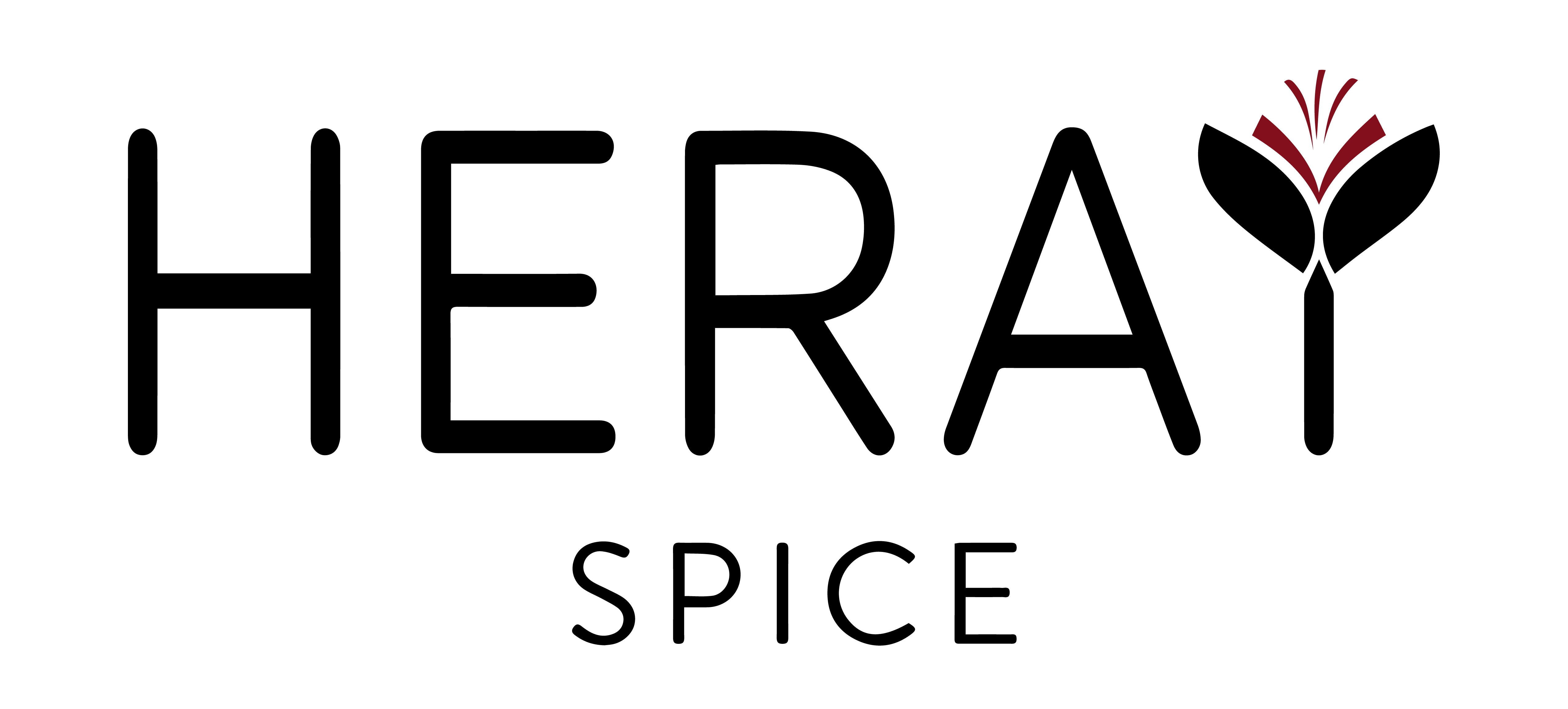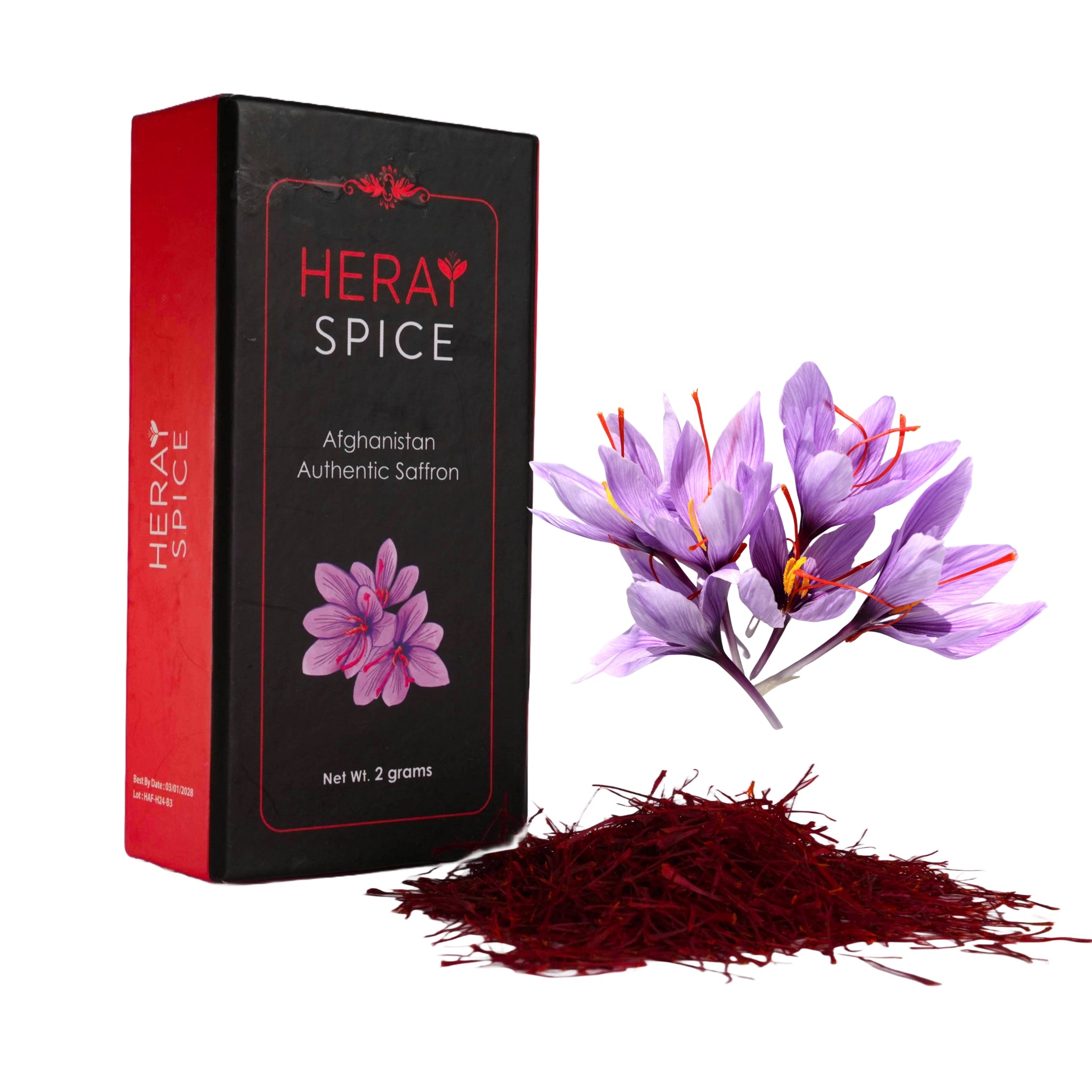
Saffron Threads vs. Saffron Flower: What’s the Real Deal?
When you hear “saffron,” most people think of its vibrant color, exquisite aroma, and hefty price tag. But in today’s market, a new confusion is emerging between saffron threads and saffron flower extract—and not all saffron products are created equal. Let’s break it down and understand what truly matters in quality, nutrition, and value.
What Are Saffron Threads?
Saffron threads are the dried stigmas of the Crocus sativus flower. Each flower only produces three red stigmas, which must be hand-harvested during a short flowering window each year. This is what makes saffron the world’s most expensive spice, sometimes referred to as “red gold.” These threads are rich in safranal (aroma), crocin (color), and picrocrocin (taste)—the three main active compounds that give saffron its medicinal, culinary, and aromatic benefits.
What Is Saffron Flower Extract?
Saffron flower extract is often made from the petals of the Crocus sativus flower—not the actual saffron threads. While the flower is beautiful and used occasionally in teas or cosmetics, it lacks the key bioactive compounds found in the stigmas. Some companies promote “saffron extract” without clearly stating that it comes from the petals—not the threads—misleading consumers into thinking they’re buying the powerful benefits of real saffron.
The Market Confusion—and What to Watch For?
With the growing popularity of saffron supplements and wellness products, some companies cut corners. They label products as “saffron extract” without clarifying if it’s from threads or flowers. Petal-based extracts are cheaper to produce but offer little to no health value. Customers end up paying a premium for a non-functional product. Always check for transparency and sourcing.
Understanding the Visual and Functional Differences
At a glance, saffron threads and saffron flower petals may look similar to an untrained eye, especially when ground or processed. But the difference becomes clear in function. The threads are dense, red-orange stigmas with a distinct aroma and flavor, while the petals are light purple, papery, and nearly odorless. Their use in herbal tea or cosmetics is mostly decorative or aromatic, not therapeutic. So, if you’re seeking saffron for its health benefits or culinary magic, the threads are the only part that truly matters.
How to Identify Authentic Saffron Products?
To avoid falling for misleading labels, look for transparency in sourcing and testing. Genuine saffron threads should be lab tested for crocin (color strength), safranal (aroma), and picrocrocin (taste), often using ISO 3632 certification. If a supplement or extract doesn’t clarify its saffron source, it’s likely using flower extract, not the stigmas. Trustworthy brands always state whether their extract is derived from Crocus sativus stigmas—not just “saffron” generically.
Why Saffron Threads Are Superior?
1. Nutritional Value: Saffron threads contain potent antioxidants, including crocin and safranal, linked to mood support, memory enhancement, eye health, and anti-inflammatory effects. Saffron flower extract contains none or negligible amounts of these compounds.
2. Culinary Use: Only saffron threads can deliver the deep golden hue, floral aroma, and complex flavor that elevates dishes from paella to Persian rice. The petals offer no culinary impact.
3. Therapeutic Applications: Studies that show saffron helps with anxiety, PMS, Alzheimer’s, and depression are all based on thread-based saffron extract—not the flower extract.
Why Education Matters?
Educating consumers on this distinction is crucial. Many people buy “saffron flower” products thinking they’re getting a bargain or the same benefits at a lower cost. In reality, they’re missing out on the core value saffron is known for. Companies should be transparent about what they’re selling, and customers deserve to know what they’re putting in their body or kitchen.
Be Cautious: Not All “Saffron Extracts” Are the Same
It’s important for consumers to be aware that some companies sell saffron flower extract under the misleading label of “saffron extract.” This might sound legitimate at first glance, but saffron flower extract is typically made from the petals, not the stigmas (threads)—and this makes all the difference. While the threads are packed with bioactive compounds like crocin and safranal, the petals have little to no nutritional or therapeutic value. In other words, saffron flower extract may offer color or aroma, but it lacks the scientifically proven benefits that real saffron threads provide. Always read the ingredient details and look for extracts clearly made from Crocus sativus stigmas if you’re buying for health or culinary reasons.
How Much Does It Cost? Real-World Price Differences
Saffron’s steep price reflects its labor-intensive production: 150,000 flowers produce just 1 gram of dried threads, requiring 40 hours of careful hand-picking.
In the 2025 U.S. retail market, prices typically range from $5.50 to $20.00 per gram in cities like Chicago, while premium-grade Afghan saffron can reach $15–$25 per gram depending on quality and brand reputation. Wholesale prices mirror this intensity—hovering between $1,100 and $2,300 per pound (~454 g), depending on grade.
In contrast, “saffron flower” or safflower-based substitutes may retail for as little as $0.5–$1 per gram abroad, but they lack the color, aroma, and health benefits of true threads. They are roughly $15-$25 per pound.
Heray Spice: Premium Afghan Threads with Purpose
Heray Spice stands out in this market—not just for quality, but for integrity and impact.
We offer Super Negin grade Afghan saffron tested to ISO 3632 standards, priced around $9.99 for 0.02 oz (~0.57g)—about $17‑18 per gram.
Founded in Chicago in 2017 by Mohammad Salehi, the company sources directly from a cooperative of small-scale farmers in Herat, Afghanistan, paying fair-trade prices and investing 5–10% of their net income back into education and community-building.
We also fight fake saffron—like dyed corn silk—by educating chefs and consumers about how to test real threads.
When you buy from Heray Spice, you’re not just paying for top-tier saffron—you’re supporting sustainable agriculture, economic development, and authentic quality.










